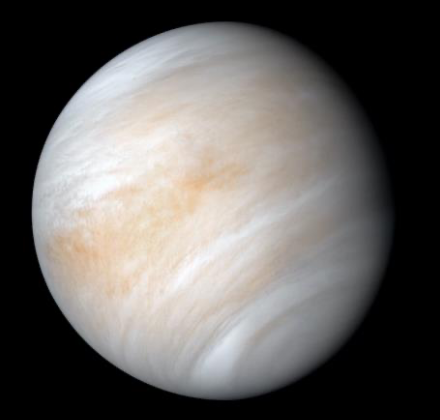This report is by Empower Young Journalist Aryaa Sinha
Venus, also known as Earth’s twin sister is proving to be an exciting place of discovery. Earlier it was not a significant part of research because of its extreme temperature, atmospheric pressure and other factors. Recently a group of researchers from NASA conducted a study to have more information about this planet. This research helped establish fundamental facts about Venus like how long is one day of this planet? How big is its core? Or how tilted is it? etc.
They transmitted radio waves (a type of electromagnetic radiation, best known for their use in communication technology such as television, mobile phone, radios) from an antenna over a period of 15 years (between 2006- 2020). The radio waves which reflected back to the surface of the Earth were used to understand the movement of Venus.
The study found that a single rotation (movement on its own axis) of the planet Venus takes 243.0226 Earths day, roughly two-thirds of a year on Earth. This means that the sun rises every 117-earth day or 2 times during a year on Venus. Diameter of core of planet Venus is 4630 miles (7000 km.) and is similar to that of Earth. Core is composed of iron and nickel but researchers are unable to say whether, it is solid or liquid. A third study measured the tilt of the planet Venus which is 2.64 degrees (Earth’s tilt is 23.5 degrees). It means Venus is positively straight as compare to Earth. We know that we experience change of season due to this tilt, so Venus lacks this seasonal change.
These findings will be useful in any trips to the Venus surface. Without these precise information scientists will find it difficult to pin point any landing.


